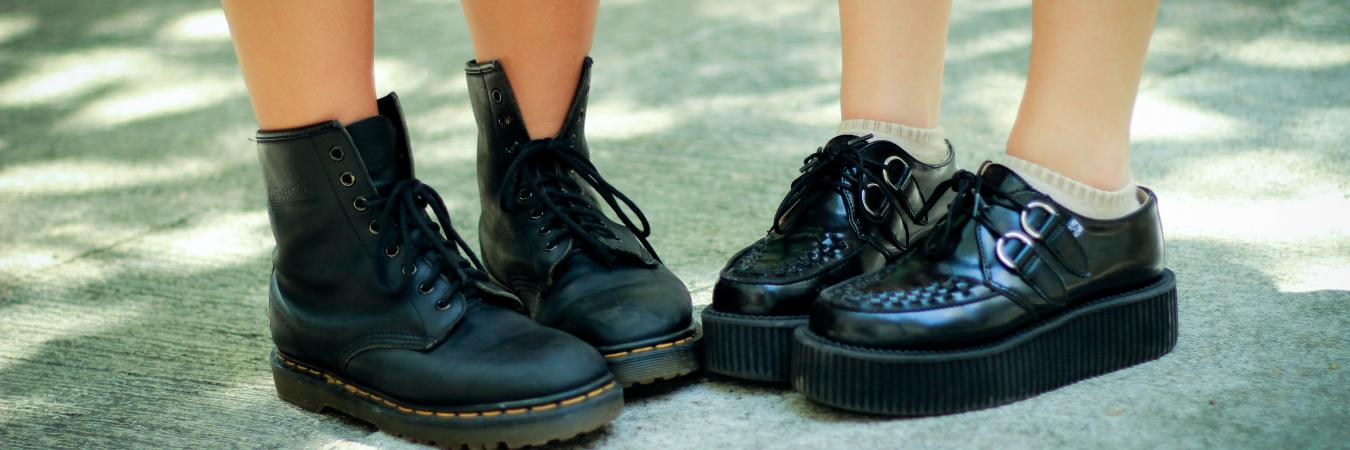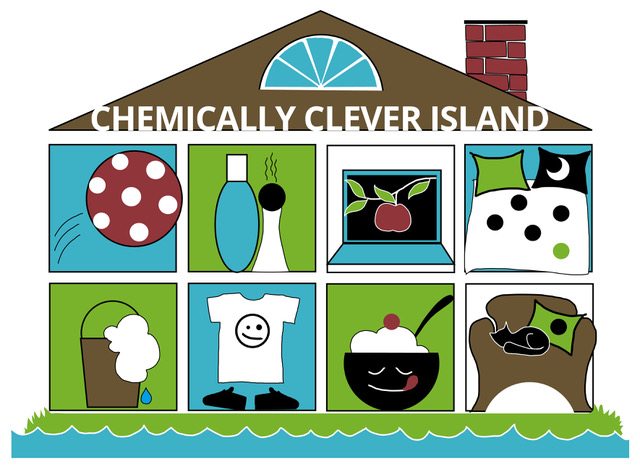Wardrobe findings

Four typical items in the wardrobe – and the chemicals hiding in them.
All those shoes
Leather – skin from animals – is durable and versatile and mold to your feet. The tanning – making the leather soft and flexible – is mostly done with crome, a very toxic heavy metal. Crome easily spreads in the groundwater, also from the dump. Near-leather or ”vegan leather” consists of plasticized plastic, made of fossil oil using a lot of chemicals, and near-leather has a shorter life span than real leather. That applies to all shoes with a lot of plastic, like flipflops, slippers and sports shoes. Did you find a small white package of anti-mould-agent in the shoebox? If the shoes were made in Asia it probably contains strongly allergenic dimethyl fumarate. Honour the animals and the environment by buying only the shoes you really need. At the same time less chemicals are needed to put shoes on your feet.
Blue denim
Your jeans belong to the worlds most poisonous garments. They are made of cotton, they have been grown with large amounts of toxic pesticides and so much water that whole regions are being drained and getting their drinking water destroyed. Large amounts of chemicals are also used in dying, weaving and washing. On the other hand denim is a durable fabric. If you really use your jeans until they are worn out, instead of buying new ones every year, they could actually be a sustainable and chemically smart choice. Organic cotton, ethically produced, is a more sustainable choice, but second hand is even better.
Fleece sweater
Acrylic, polyester, polyamid... many of our most common clothing materials are made of fossil oil. A lot of solvents and other chemicals are required to make them look and feel like something else. Every time we wash a synthetic garment, micro plastics leak out in the water. The fleece sweater is the worst: polyester so porous that every wash will send more than 1 900 tiny plastic particles down the drain. These micro plastics, too small to get cought in the filters of the treatment plants, flow out in the nature where plankton mistake them for food. They harm living creatures in the whole nutritional chain, including us. The micro plastics eventually end up in the fish we eat for dinner, in the seasalt or even in the drinking water.
Weather jacket
Outdoor clothing that breathe but doesn’t get wet from some drizzle is useful of course. Unfortunately this quality is achieved by processing the fabric with highly fluorinated substances (PFAS), which are water- and sometimes also grease- and dirt repellent. Highly fluorinated substances are not easily degradable, and may remain in nature for thousands of years. Different substances have different properties, from reproduction disruptive to suspectedly carcinogenic. When a substance is banned it is often replaced with a similar one, not yet thoroughly examined.
